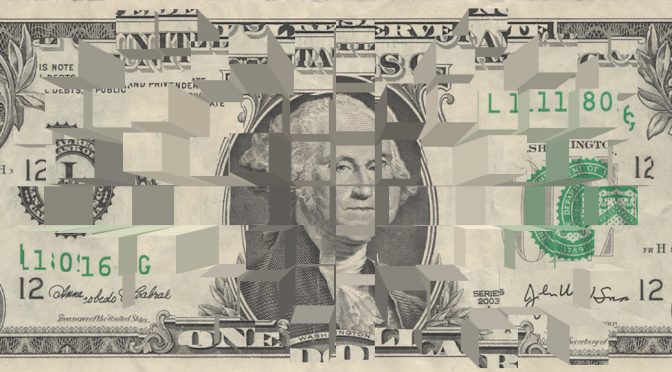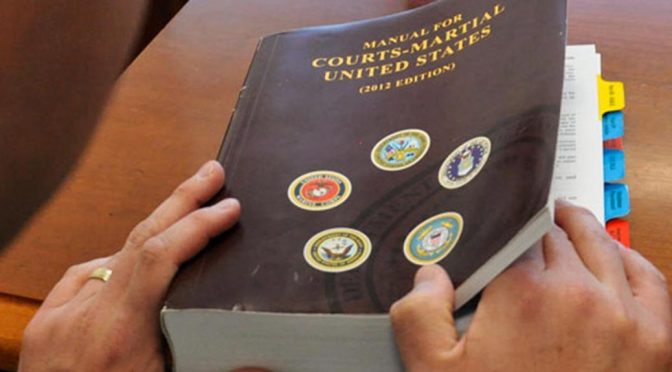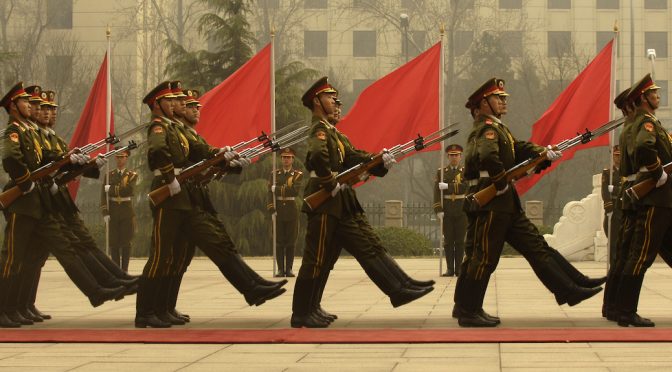By US Army Maj. Steven Szymanski Introduction The commercial data market has exploded. Data has even been dubbed “the oil of the 21st century.”[1] Aiming to capitalize on this blossoming industry, data brokerage companies have emerged to collect, collate, and sell personal data from nearly everyone who uses the Internet.[2] New online data auctions occur… Continue reading Is the Fourth Amendment Really for Sale? The Defense Intelligence Agency’s Purchase of Commercially Available Data
Category: Online Supplement
Military Justice Since 1950: A Pyrrhic Victory?
By Eugene R. Fidell With the major changes Congress enacted in the Military Justice Act of 2016,[1] perhaps it would be useful to try to sketch the arc of American military justice and its place in the national legal firmament since the Uniform Code of Military Justice (UCMJ) was enacted in 1950.[2] These comments are… Continue reading Military Justice Since 1950: A Pyrrhic Victory?
JNSLP Symposium—Shifting the Great Power Competition: Emerging and Continuing Threats with China, with Jim Steinberg
The Journal of National Security Law and Policy hosted its 2021 annual symposium this week, featuring a keynote discussion with James Steinberg, former US Deputy Secretary of State and University Professor of Social Science, International Affairs and Law at Syracuse University. Steinberg and James Feinerman, Professor of Law at Georgetown University, sit down to discuss… Continue reading JNSLP Symposium—Shifting the Great Power Competition: Emerging and Continuing Threats with China, with Jim Steinberg



